In this latest chapter of my electric car adventures, I dive into the world of heating
In this latest chapter of my electric car adventures, I dive into the world of winter heating… without using electricity.
But first, I needed to remove some “apple juice” that this adorable stowaway had installed into the carpet.
Yes, to my surprise, this cute little cat found itself trapped in my car for several hours and refused to come out. It tucked itself up under the dashboard, only stepping down to urinate on the carpet! So, I had to disassemble half the car to take the carpet out.
With the carpet out, it gave me a great chance to see how the bare floor of the Mitsubishi iMiEV / Peugeot iOn / Citroen C-Zero looks.
In many cars you have unused space under the passenger seats but not in this one. Because of the batteries under the vehicle there’s not really any space for amplifiers or computers or any future gadgets.
With the carpet washed thoroughly (I also used a flower-scented fabric softener) it was hung up to dry on the fence while I got busy cleaning the floor of the car.
After vacuuming and washing the floor of the car, I also applied a little oil to help in protecting it against snowy shoes coated in road salt in the quickly approaching winter.
Once dry, I put the carpet back into the car and reassembled the interior. Everything went well, until (I think) I turned on the ignition before I’d plugged in the driver’s side airbag/seat belt pretensioner connector.
This meant I had to take the car to the local Peugeot dealer to get the error codes reset. Let this be a lesson to you: if you unplug any SRS connectors, there’s a chance you might need to go to the dealer afterwards.
Resetting the error codes cost me just shy of €15 (just under $17 USD) so I just added it to my “life lessons” folder.
Anyway, with winter quickly approaching, I needed to find a solution to a big problem from last winter: surviving in a cold car.
The problem is that the heater in my electric car uses a lot of electricity. In fact, on a cold winter day, the heater in my car can use as much as 30% of the battery’s total capacity! This means I needed to find ways to stay warm without using electricity. So, I looked around on the internet for all the crazy heating ideas people suggested.
It turns out that the internet has some terrible advice.
I tried preheating the car, wearing a blanket, dressing for the arctic, lighting candles, burning incense sticks, carrying hot bottles, having a very hot shower – even taking a cup of coffee with me – but nothing worked as well as simply running the car’s heater. Not only that, regardless of which method I attempted, the car was always cold at the end of the day in my work parking lot.
So… I looked at serious heating methods that (gasp!) burn fuel.
The options are either to install a heating device which taps into the car’s existing water heating system or a heating device which blows hot air directly.
I wanted to install a water “parking heater” like friends Ben and Jarkko installed into their cars, but with heavy EU import taxes and having to relocate my car’s battery to make it fit, it would cost around €739 ($810 US).
There’s just no way I could afford that. Don’t forget that the average wage in Slovakia is around €850 ($947 US) per month. With my income and with two mortgages, there’s no way a liquid parking heater can be installed. End of story.
The only other option to warm the cabin like in a gas-powered car would be a diesel-powered air parking heater. At €457 ($501 US) it was still a lot of money but it would be the only thing I could afford. While a little simpler in principle, installation could be difficult. It would also mean trying to find a supplier of biodiesel in Slovakia. Talk about giving myself a challenge, huh?
So, after a few weeks of careful thought, I got out my credit card and… pressed the Buy Now button. As I type, my heater is on its way to my doorstep.
But have I made a big mistake? How will I install it exactly? Will I be able to find a renewable biodiesel fuel source? I have so many questions and I’ll find out soon enough.
Until then, check out the video version of my cat, carpet, and cold weather problems by pressing “play” below. If you found it interesting, share this page!
Check back soon for the next chapter.
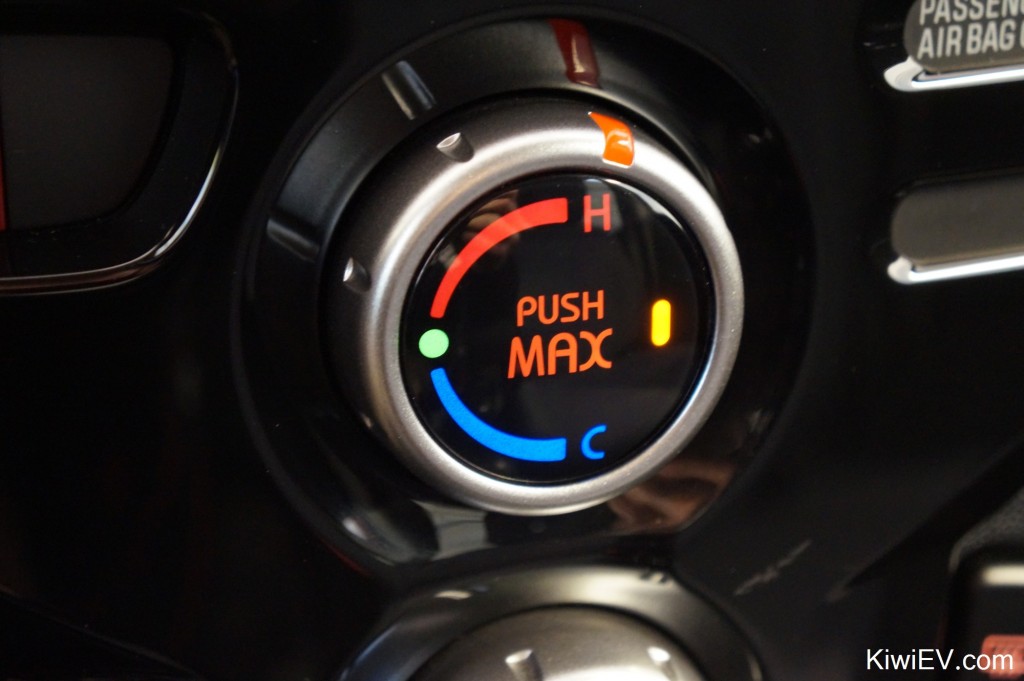
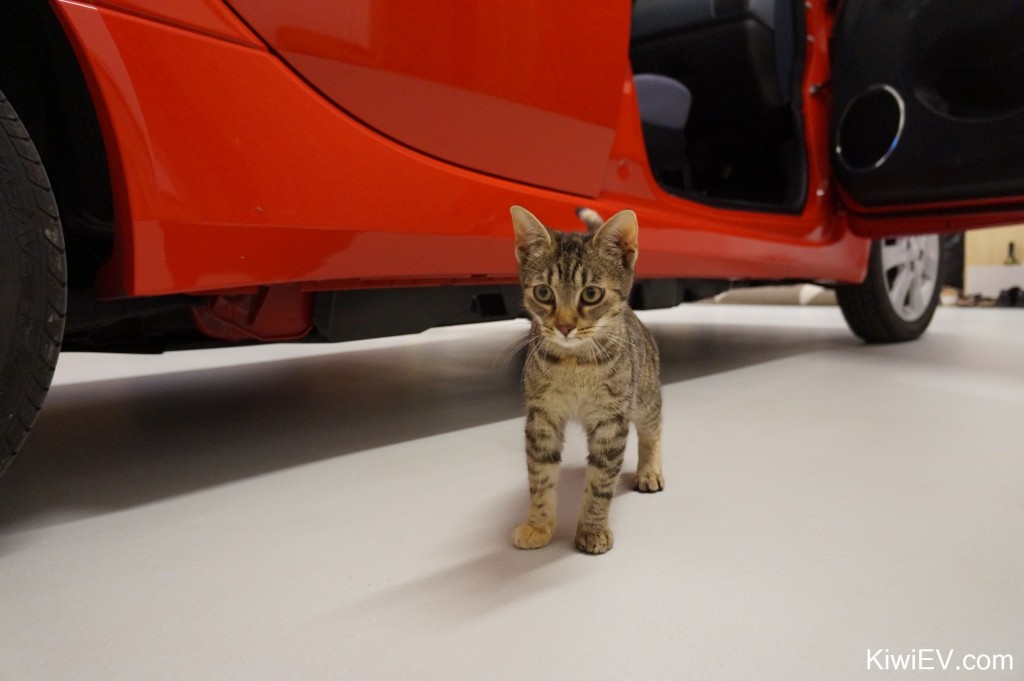
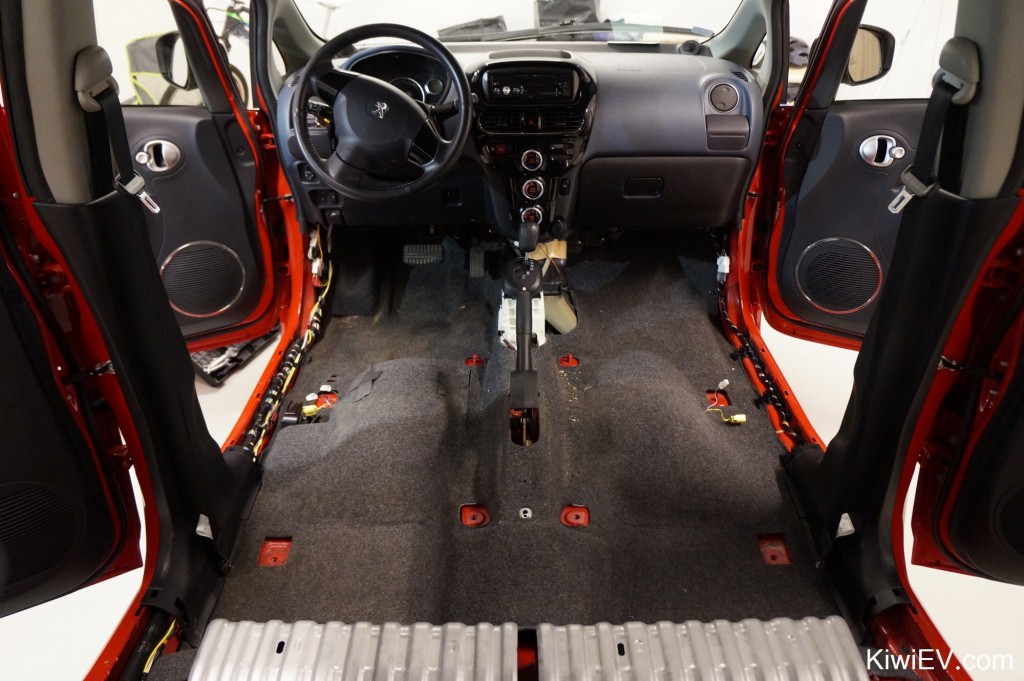
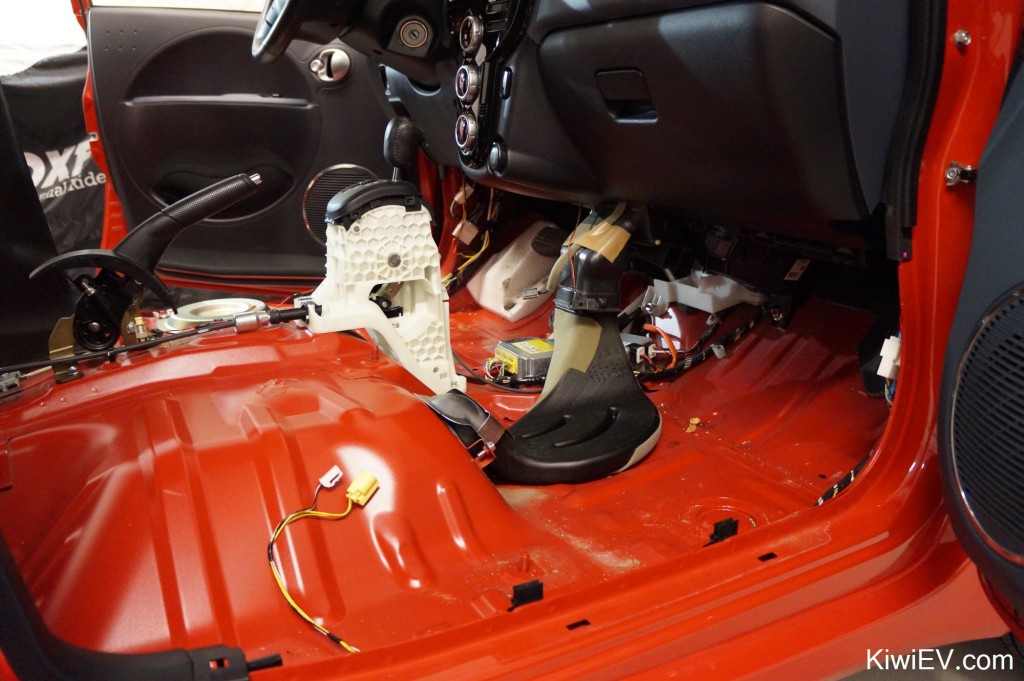


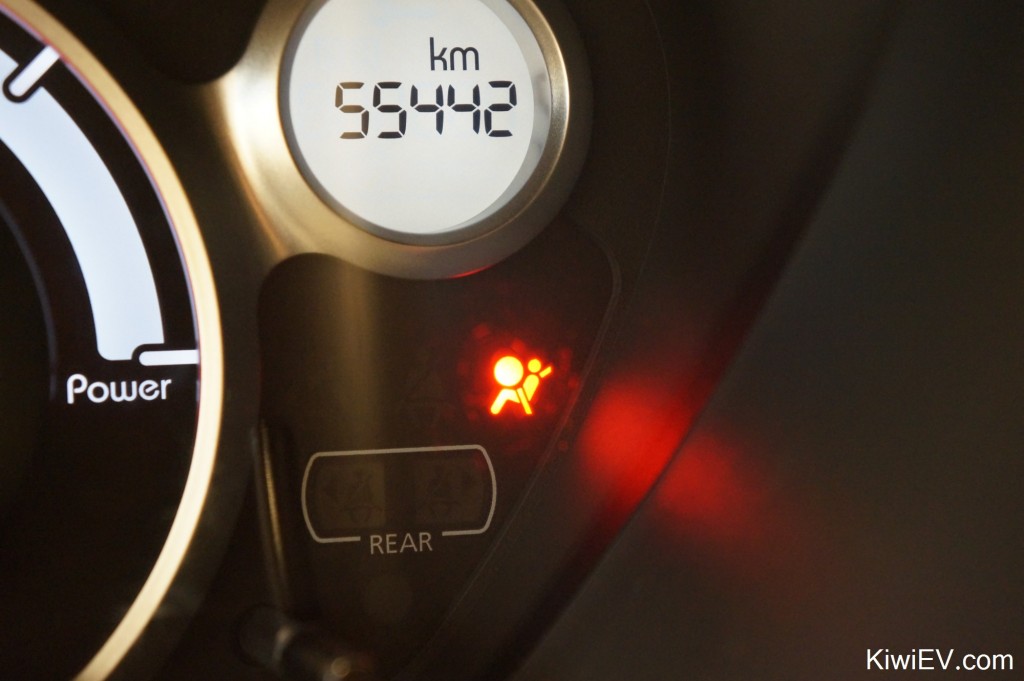
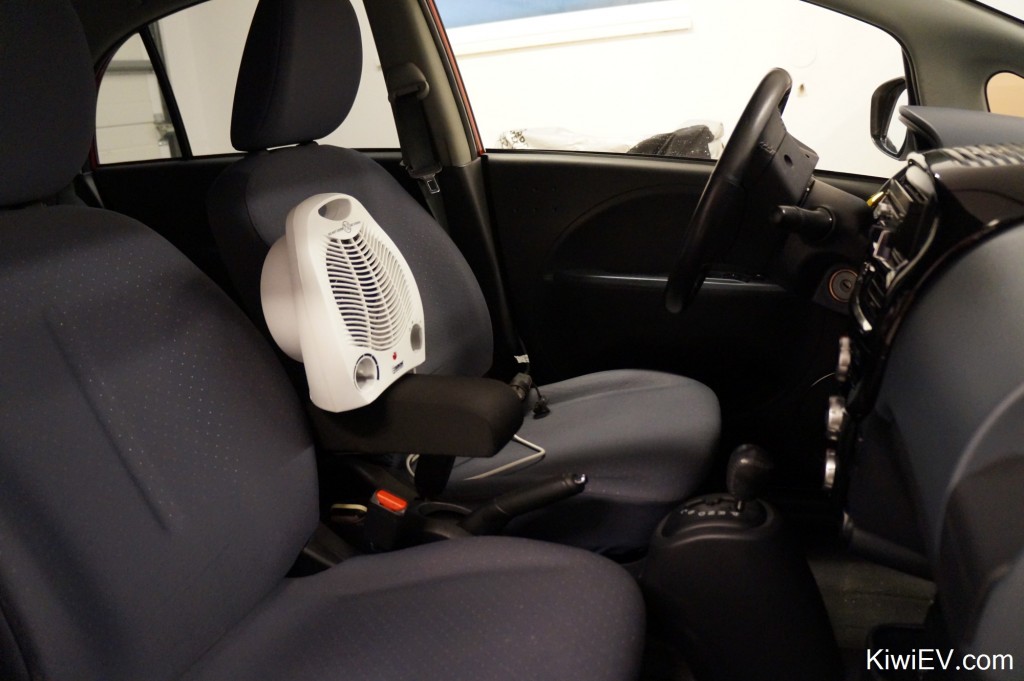

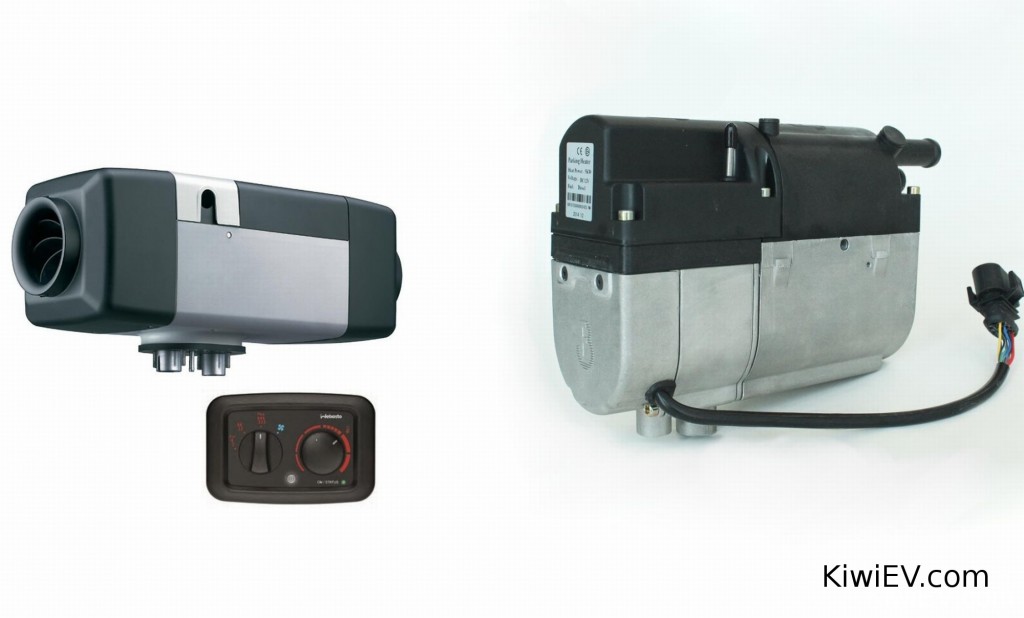

Hi. I use an electric blanket that plugs into the cigarette lighter plug. I sit on it as a heated seat.As to range, can you use any of the DC fast chargers or a car park with Level 2 units?
Hi Ray! Many people have suggested other blanket ideas, but when it’s snowing they would all leave me with cold face/hands/feet. The other problem is when I’m parked at a fast charger, the car’s heater doesn’t work. In order to create a nice warm cabin, my only choice seems to be a gas/diesel heater.
When is it really too cold in the car? I saw this video yesterday, drove today to work(about 30 minutes). without turning on the heater at 1 degree celsius. Wasn’t that bad all. Just my hands were a little cold.
I guess it depends on personal preference. I like being toasty and warm in the car. Between 16 to 22 degrees seems quite pleasant for me.
Hi!!
What do you think about this?
https://www.mysnip.de/forum-archiv/thema-28653-353624/Heizelement+isolieren+spart+viele+KW.html
Thx a lot!
Giulianos tip would be mine as well. The heating element gives 5 kW of power, but only half of it gets into the heating system itself.
Had the problem myself when i used the ION. But there is no solution from Mitsubishi so far.
Maybe worth a try?